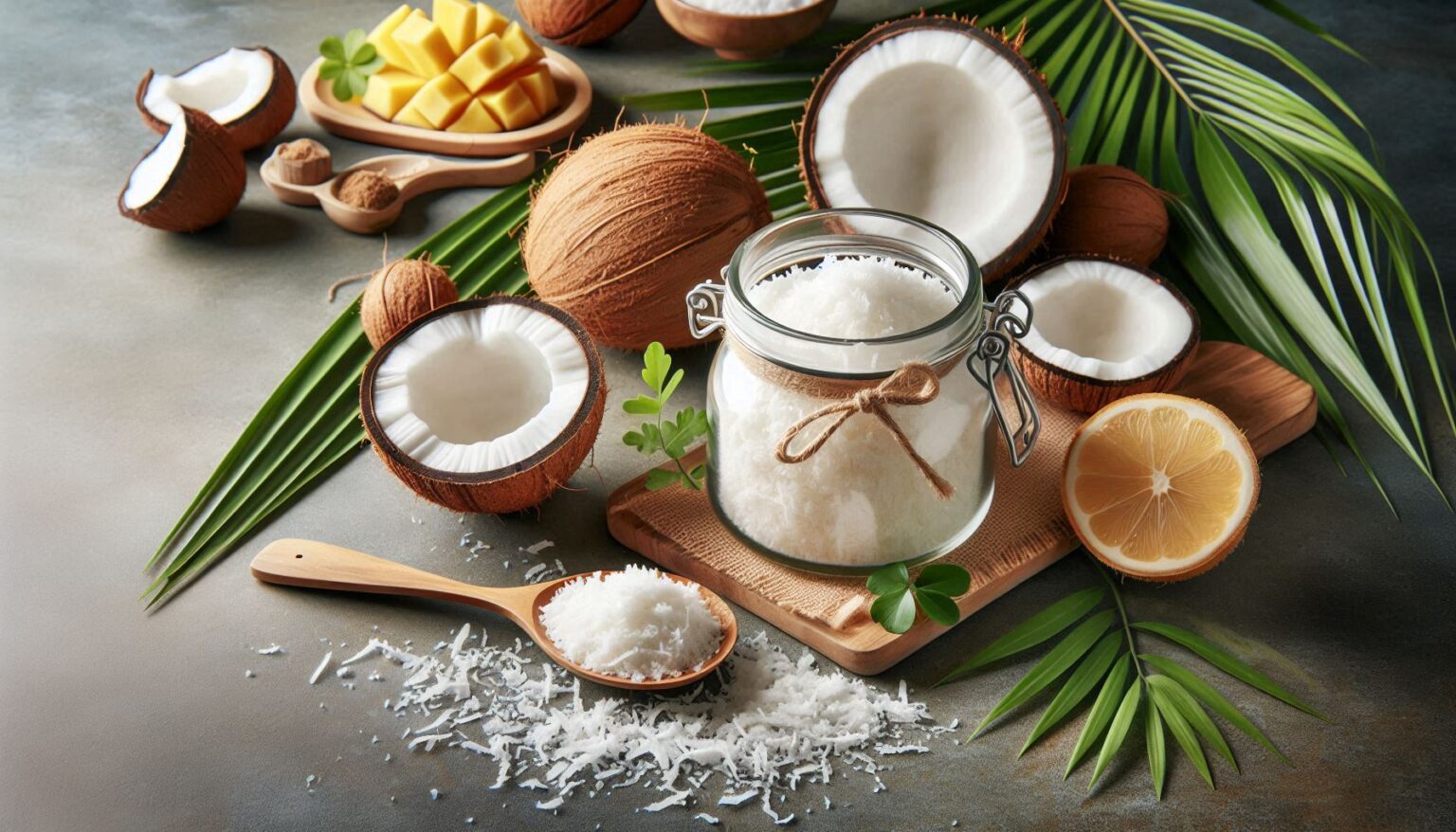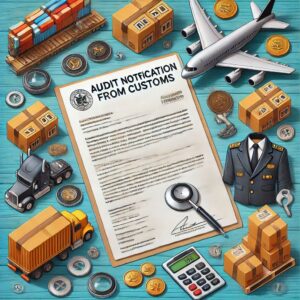The Philippines is one of the major global sources of Coconut Products. Desiccated coconut is a popular ingredient used in various food products, from baked goods to confectioneries. Its demand has been steadily rising, particularly in markets outside the primary producing regions. In this case study, we’ll explore the logistics, challenges, and solutions involved in shipping desiccated coconut from a provincial area in the Philippines to international markets.
Objective
To develop a streamlined and efficient shipping process for desiccated coconut from the provincial area to international markets, ensuring quality preservation, cost-effectiveness, and timely delivery.
Location: Provincial area in the Philippines (Quezon Province)
Product: Desiccated coconut
Market: International, focusing on North America and Europe
Subscribe to the Ex-works24/7 newsletter
Process Overview
-
Harvesting and Processing
- Harvesting: Coconuts are harvested from local plantations in Quezon Province.
- Processing: The coconuts are shredded, dried, and grated to produce desiccated coconut. The processing facility is located in the province to take advantage of local raw materials.
-
Packaging
- Packaging Materials: The desiccated coconut is packed in moisture-proof, food-grade packaging to ensure freshness during transit.
- Quality Control: Each batch undergoes quality checks to meet international standards for hygiene and quality.
-
Storage
- Warehousing: Finished products are stored in a climate-controlled warehouse to prevent spoilage and maintain quality.
-
Transportation to Port
- Local Transport: Products are transported from the processing facility to the nearest major port (Manila) using trucks equipped with temperature control systems.
- Road Conditions: The journey includes navigating through rural roads, which can be challenging due to weather conditions and road quality.
-
Export Procedures
- Documentation: Necessary export documentation, including certificates of origin and health certificates, are prepared.
- Customs Clearance: The products undergo customs inspections and clearances at the port of departure.
-
Shipping
- Shipping Mode: The desiccated coconut is shipped via sea freight due to cost-effectiveness for bulk cargo.
- Container: The products are loaded into refrigerated containers to maintain a consistent temperature and prevent moisture ingress during transit.
-
Arrival and Distribution
- Port of Arrival: The goods arrive at the destination port (United States) where they undergo customs clearance.
- Distribution: From the port, products are transported to distribution centers or directly to clients using local distribution networks.
Challenges: Shipping Coconu Products
-
Quality Control
- Moisture Management: Ensuring the desiccated coconut remains dry and free from contaminants during transit.
- Temperature Fluctuations: Preventing temperature variations that could affect the product’s quality.
-
Logistics and Transportation
- Infrastructure: Poor road conditions and limited infrastructure in the province can lead to delays.
- Customs Delays: Navigating complex export regulations and customs processes can cause delays.
-
Cost Management
- Shipping Costs: High shipping costs for refrigerated containers can impact profit margins.
- Documentation Fees: Administrative costs associated with export documentation and compliance.
Solutions Implemented
-
Enhanced Packaging
- Upgraded Packaging: Use of high-quality, moisture-proof packaging to preserve product quality.
- Sealed Containers: Utilization of vacuum-sealed containers for better moisture control.
-
Improved Transportation
- Dedicated Trucks: Investment in trucks with better climate control to ensure consistent temperature and reduce spoilage.
- Logistics Partnerships: Collaboration with local logistics firms to optimize routes and reduce transit times.
-
Efficient Export Procedures
- Streamlined Documentation: Adoption of digital documentation systems to expedite the export process.
- Customs Expertise: Engaging customs brokers with expertise in international trade to navigate regulatory requirements more efficiently.
Results
- Quality Preservation: Improved packaging and transportation methods resulted in a higher quality product reaching international markets with fewer complaints and returns.
- Cost Efficiency: Streamlined processes and better logistics partnerships led to reduced shipping costs and improved profit margins.
- Timely Delivery: Enhanced coordination between local transportation and shipping resulted in more reliable and timely deliveries.
Conclusion: Shipping desiccated coconut from a provincial area in the Philippines to international markets involves multiple stages and challenges, from processing to transportation. By focusing on quality control, improving logistics, and streamlining export procedures, our client successfully enhanced its shipping process, leading to better product quality, cost savings, and timely deliveries. This case study underscores the importance of addressing logistical challenges and implementing effective solutions to thrive in the global market.
Frequently
Asked Questions
The primary coconut products exported from the Philippines include coconut oil, desiccated coconut, coconut milk, coconut water, copra, and coconut flour. These products are processed and packaged for international markets.
- Temperature Sensitivity: Some coconut products, like coconut water and milk, require temperature control to prevent spoilage.
- Packaging Requirements: Ensuring that packaging meets international standards to prevent contamination and damage during transit.
- Transport Infrastructure: Managing shipping routes and handling delays due to infrastructure limitations or weather conditions.
- Export Documentation: Compliance with export documentation requirements such as certificates of origin, phytosanitary certificates, and export licenses.
- Import Regulations: Adhering to the import regulations and standards of the destination country, including tariffs and product-specific rules.
- Quality Standards: Meeting international quality and safety standards set by importing countries.
- Inspection: Regular inspections of raw materials and finished products to ensure they meet quality standards.
- Testing: Conducting tests for contaminants, such as pesticide residues, and verifying product purity.
- Certifications: Obtaining relevant certifications such as HACCP (Hazard Analysis and Critical Control Points) or ISO certifications to ensure product safety and quality.
- Preservation: Protecting the product from spoilage, contamination, and physical damage during transit.
- Compliance: Ensuring that packaging meets international standards and regulations for labeling and safety.
- Marketing: Enhancing the product’s appeal and providing necessary information to consumers and distributors.
- Preparation: Sourcing and preparing coconut products for export, including processing, packaging, and labeling.
- Logistics: Coordinating with freight forwarders and shipping carriers to arrange transportation.
- Customs Clearance: Managing export and import customs procedures, including documentation and payment of duties.
- Delivery: Ensuring timely delivery to the destination, monitoring transit conditions, and handling any issues that arise.
- Shipping Fees: Costs associated with freight, including ocean or air transport and handling charges.
- Customs Duties and Taxes: Tariffs and taxes imposed by the exporting and importing countries.
- Packaging Costs: Expenses related to packaging materials and labor.
- Insurance: Cost of insuring the goods during transit to cover potential loss or damage.
- Choosing Reliable Partners: Working with reputable freight forwarders, customs brokers, and quality control providers.
- Implementing Quality Assurance: Establishing robust quality control measures and regularly inspecting products.
- Utilizing Technology: Using tracking systems and real-time monitoring to manage shipments and respond to issues promptly.
- Planning for Contingencies: Preparing for potential disruptions, such as delays or damage, with contingency plans and insurance.
- Demand Trends: Understanding the demand for coconut products in target markets and adjusting production accordingly.
- Competitive Pricing: Setting competitive prices based on market conditions and production costs.
- Cultural Preferences: Adapting products and marketing strategies to meet the preferences and expectations of different cultures.
- Tariffs: Reducing or eliminating tariffs and trade barriers, making exports more competitive.
- Market Access: Providing better access to international markets and facilitating smoother trade relations.
- Regulatory Compliance: Streamlining regulatory processes and harmonizing standards between countries.




